


 |
 |
 |
|
[Home] [About Us] [PROG Auction] [Join Us] [Calendar] [Picture Gallery] [Contact Us] |
|
American Glass Factories |
||||||||||||||
|
By Carole Bess White |
||||||||||||||
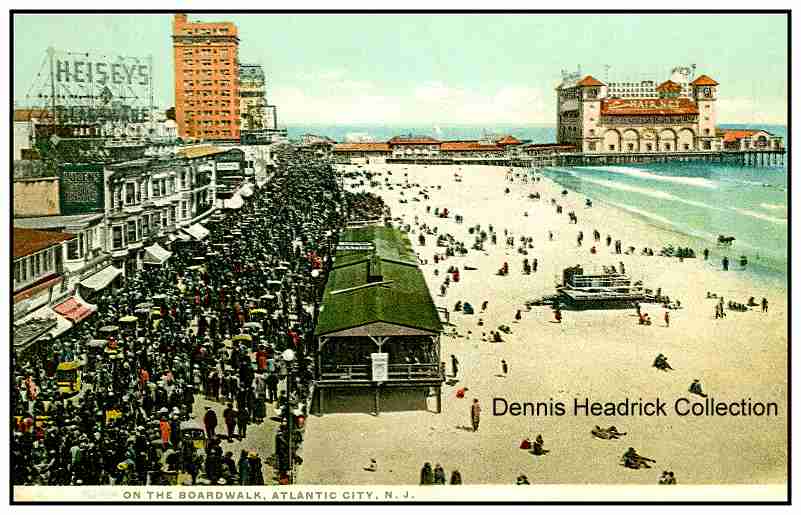 |
||||||||||||||
|
Here is the Atlantic City Boardwalk near the Steeplechase Pier in the 1920s showing Heisey’s neon sign high above. |
||||||||||||||
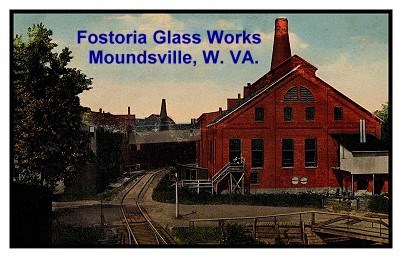 |
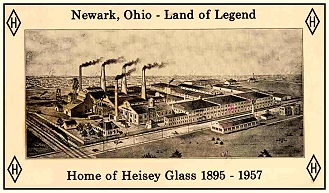 |
|||||||||||||
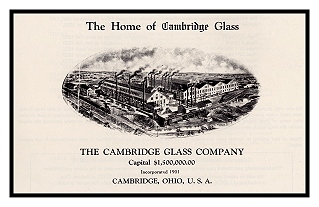 |
||||||||||||||
|
The following articles on American Glass Factories were written by Carole Bess White and they were published in the June 2009 and July 2009 issues of The Webfooters Post Card Club Newsletter. She was assisted by Dennis Headrick who is a noted lecturer and authority on Heisey Glass. |
||||||||||||||
|
From the late 19th century to the first half of the 20th century there were more than 500 glass factories in the United States. Most of them made utility and industrial glass only, such as laboratory vessels, bottles, window glass, light fixtures, etc., but several produced an amazingly diverse and creative amount of glass for the table, kitchen and vanity. |
|
Here is a chart showing the approximate eras of American glass manufacturing: |
|
|
||||||||||||||
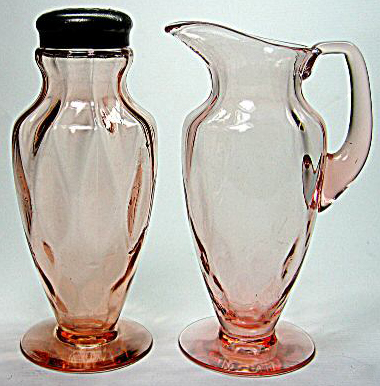 |
||||||||||||||
|
||||||||||||||
|
Heisey pattern 1001 - flamingo |
||||||||||||||
|
ELEGANT GLASS is the better quality glassware made in America from 1925 to 1955. It was hand pressed, hand molded or hand blown, and after the shaping was done, it was returned to a smaller kiln called the “glory hole” for fire polishing to a high gloss. Because it required more skill and labor, Elegant Glass was more expensive during its time, and it was usually sold at better quality stores and not given away. Today it is generally more expensive than Depression Glass. Elegant Glass was made in clear as well as many shades of green, pink, blue, yellow and amber. DEPRESSION GLASS is the colorful, machine-made glassware that was manufactured in America from about 1929-1941. Made by machine to emulate the more expensive Elegant Glass, it was originally very inexpensive; a complete set of dishes with eight place settings could be bought for $1.98 or $2.98. It was also given away in cereal boxes and soap boxes, and at “Dish Nights” at the movies, where a piece of glass was given with each ticket purchased. In addition to clear, Depression Glass was made in many shades of green, pink, blue, yellow and amber. I started collecting Depression Glass before I was born—literally!! My grandparents had stashed boxes of glassware from the 1920s and 1930s in their attic, and when my husband and I were first married in 1966 and trying to get established, Grandpa gave me the boxes. Of course at the time we didn’t know the attic glass was soon to become collectible—we were just grateful to have it to use. In 1971, my Mom and I found out about Depression Glass, and I realized what a treasure trove I had, including a bowl I used for cat food. That came up off the floor PDQ, and I became a diehard Depression Glass collector. In about 1996 I started collecting Elegant Glass. I now have 23 sets of dishes and have stopped collecting sets because what army am I planning to feed with all those dishes? Nowadays I collect accessories such as glass smoking, vanity and kitchenware items as well as glass factory postcards. The American Elegant Glass factories that glass collectors call “The Big Three” were Cambridge, Fostoria and Heisey. These three were the most prominent, most respected, advertised the most, and generally set the standard for other factories. |
 |
|||||||
 |
|||||||
 |
|||||||
|
If you enjoyed visiting our website, please consider making a donation to our club which is striving to preserve historical pieces of glass and to educate others about the history of glass around the world. We appreciate your support. |
|
|
|||
|
[Home] [About Us] [PROG Auction] [Join Us] [Calendar] [Picture Gallery] [Contact Us] |